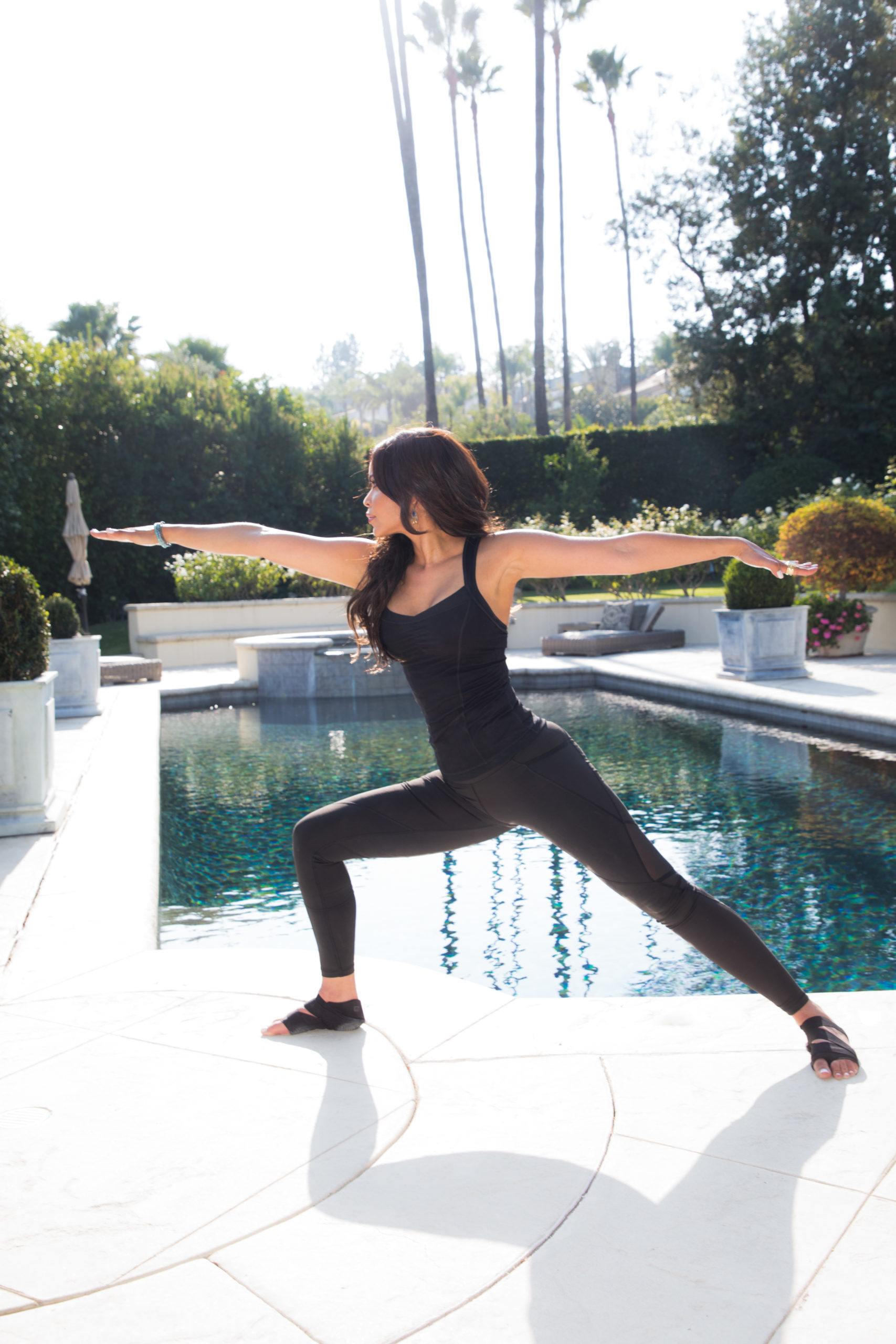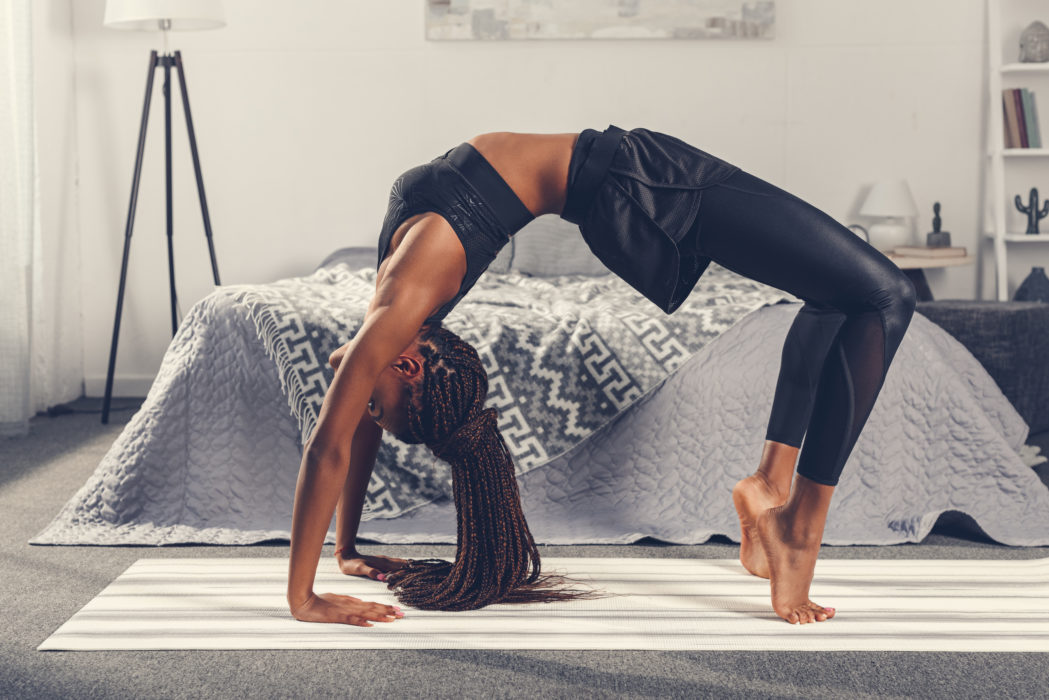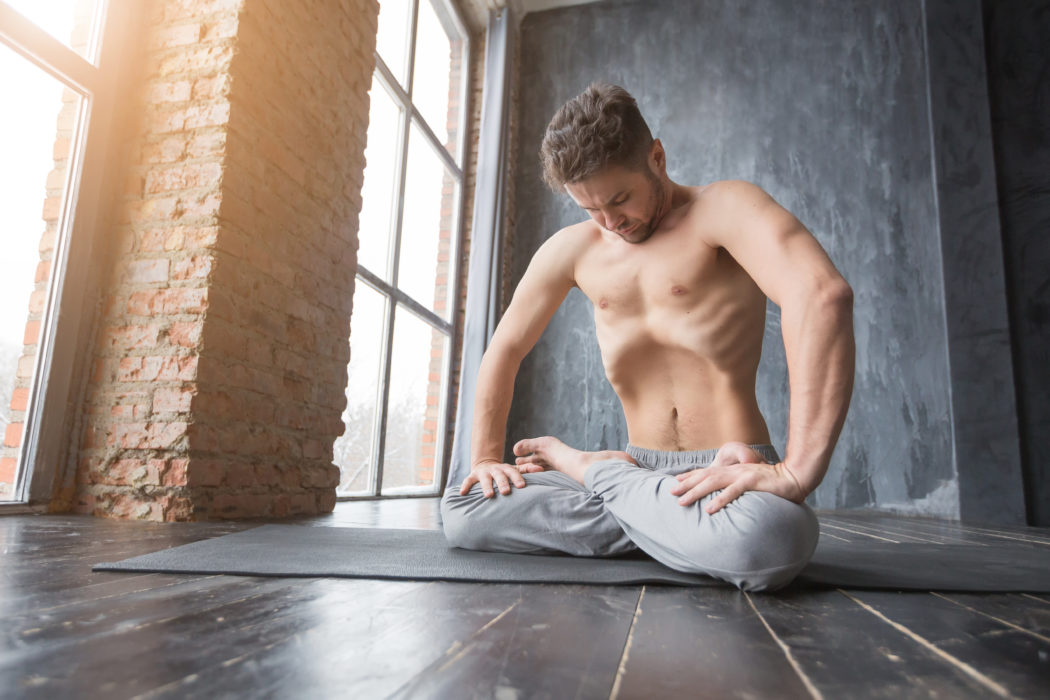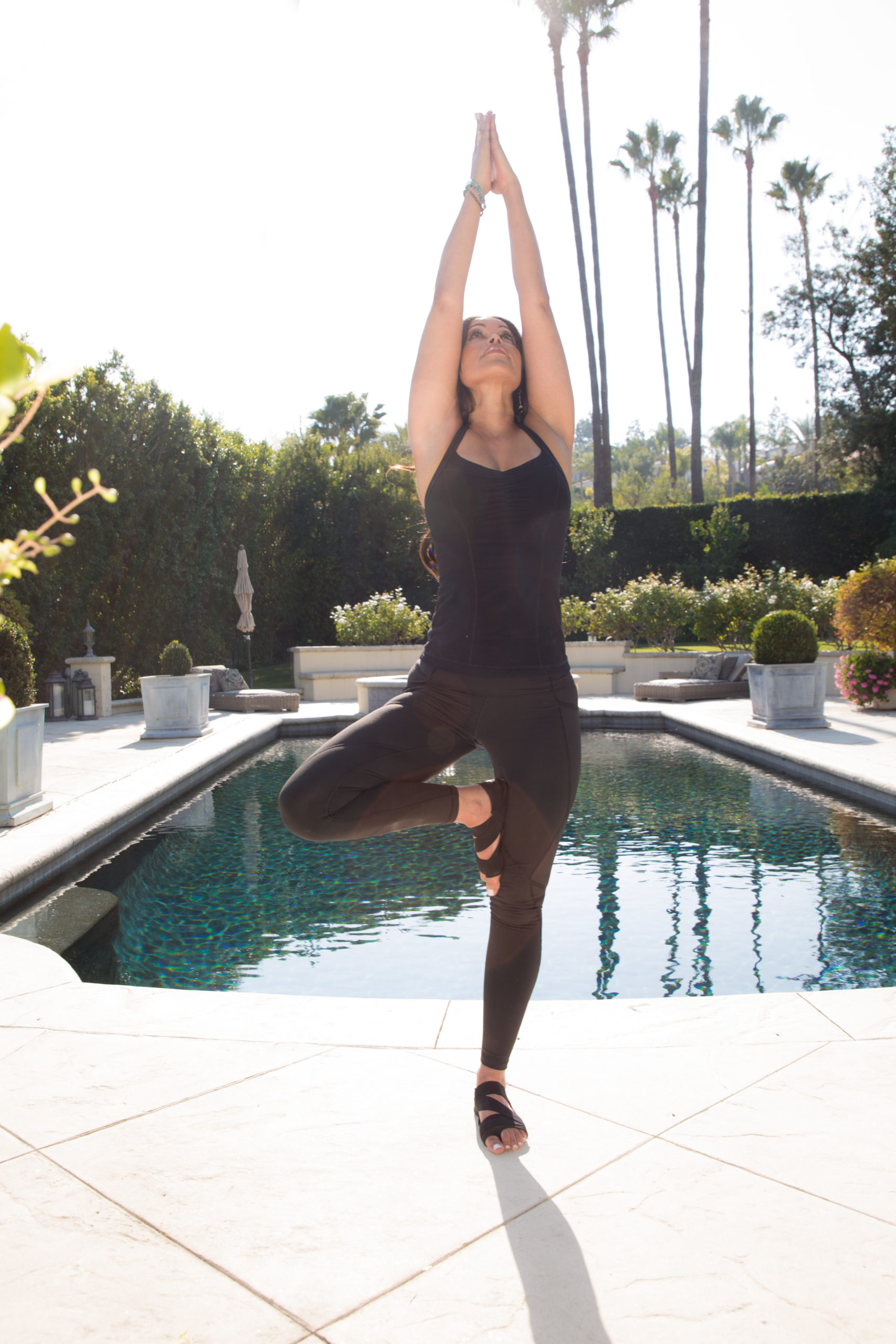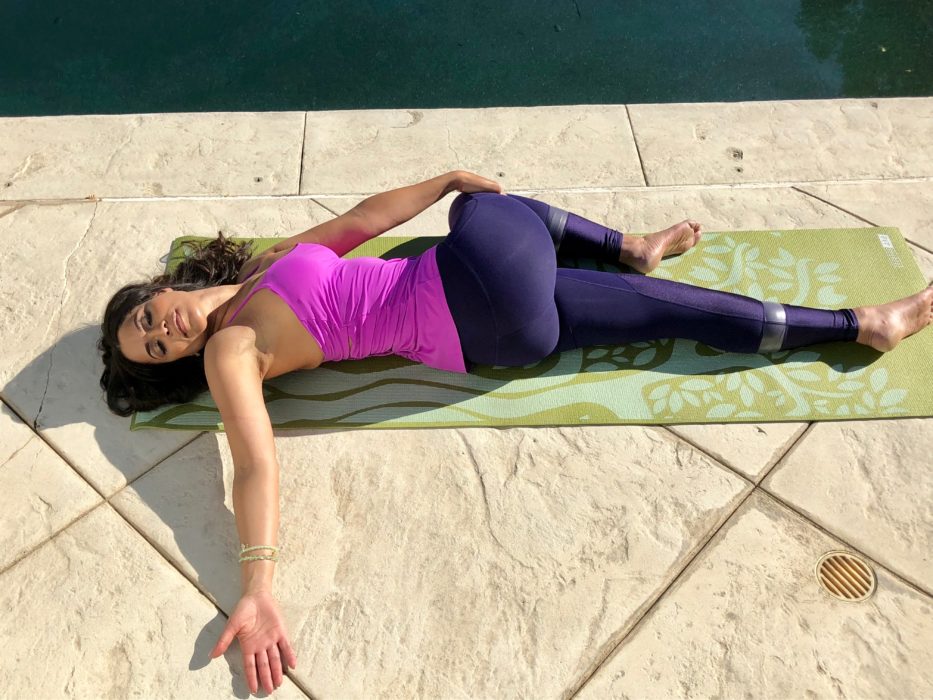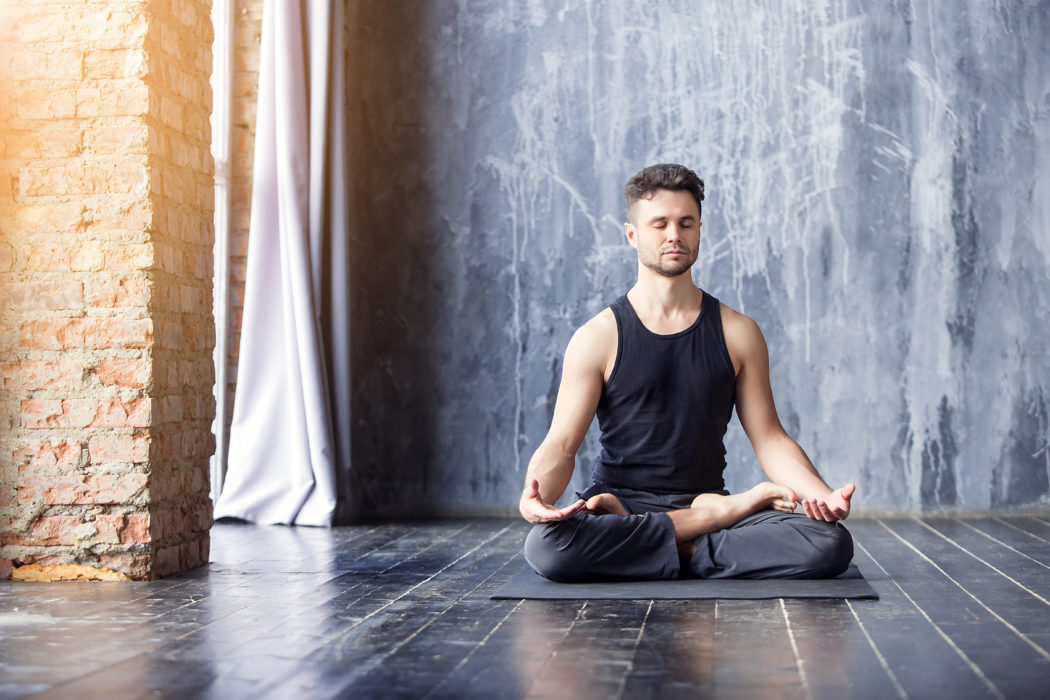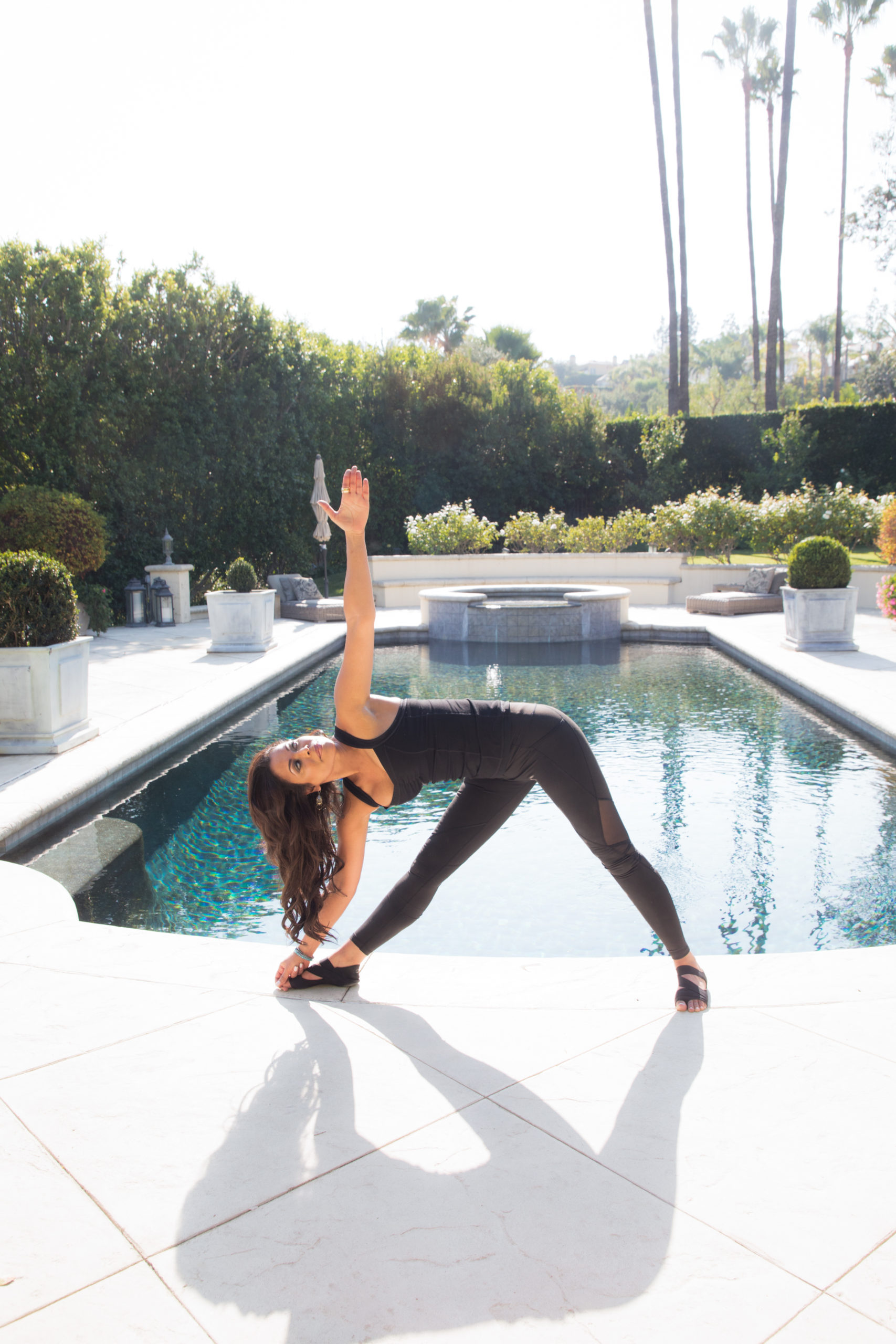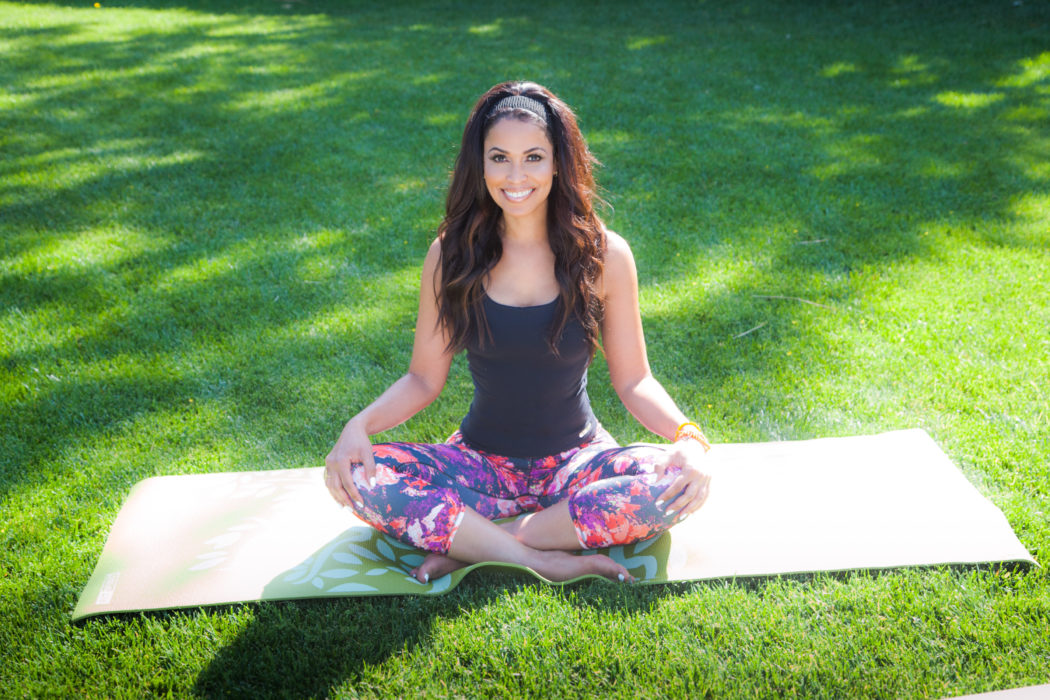Increase Leg Stamina with Warrior II Pose (Virabhadrasana II)
You may think that yoga only involves stretching but strengthening makes up a huge part of the practice, as evident in the Warrior II Pose or Virabhadrasana II. Even some experienced yogis forget this! They pay for it later with overstretched, weakened muscles and tendons that need a good workout, not just another session of being pulled. This is why I advocate yoga positions that can do both stretching and strengthening whenever I can. Warrior II is a great one. Depending on how far you take this pose, it can offer huge gains in terms of stamina, flexibility, and strength in your legs and groin. This is as great for runners as it is for those of us that spend our busy weeks hunched over a desk. Read on to learn the many benefits of the Warrior II Pose, as well as how to perform the pose properly. Benefits of Warrior II Pose Warrior II Pose puts a load on your legs and ankles to first stretch and then strengthen them. Your back leg will get stronger as you maintain the pose and your groin will get a good stretch. This can do wonders for people who lead sedentary work lives and who probably have adhesions and stuck tissue throughout their inner thighs. As you stand tall and hold the pose, you’ll also get a stretch in your chest and lungs, as well as your shoulders. Like many poses in a standing sequence, this also energizes your internal organs, waking them up and making them function better. Your back will get a nice feeling of “opening” as well. And Warrior II does this in a way that’s perfect for women carrying a baby. I recommend Virabhadrasana II particularly during the second trimester to give your back more flexibility and strength to carry your heavy load. What physical problems can this pose help you with? Remember that yoga poses are therapies, not cures. However, those with flat feet, osteoporosis, sciatica, and even carpal tunnel can benefit from the regular practice of the Warrior II Pose. How to Do the Pose As with many standing sequences, begin Warrior II Pose in Mountain Pose or Tadasana. Breathe out as you move your feet 3 or 4 feet apart from each other (depending on how tall you are). Lift your arms so they are straight and parallel with the floor. Stretch out your fingers. Let your shoulder blades open and widen. Your palms should be facing the floor. Now turn your feet so that your heels form a straight line between them (your back foot should be aimed towards the front of you and your front foot should be aimed forward and away from you). You’ll feel your thighs tensing. Turn your back thigh out. Fully bend the knee of your front leg until that leg forms a 90-degree angle with the floor. Press your front heel down. Straighten your back leg. Focus on your trunk. Make sure your torso stays long and your shoulders and hips are on top of each other. Turn your head to look [...]

